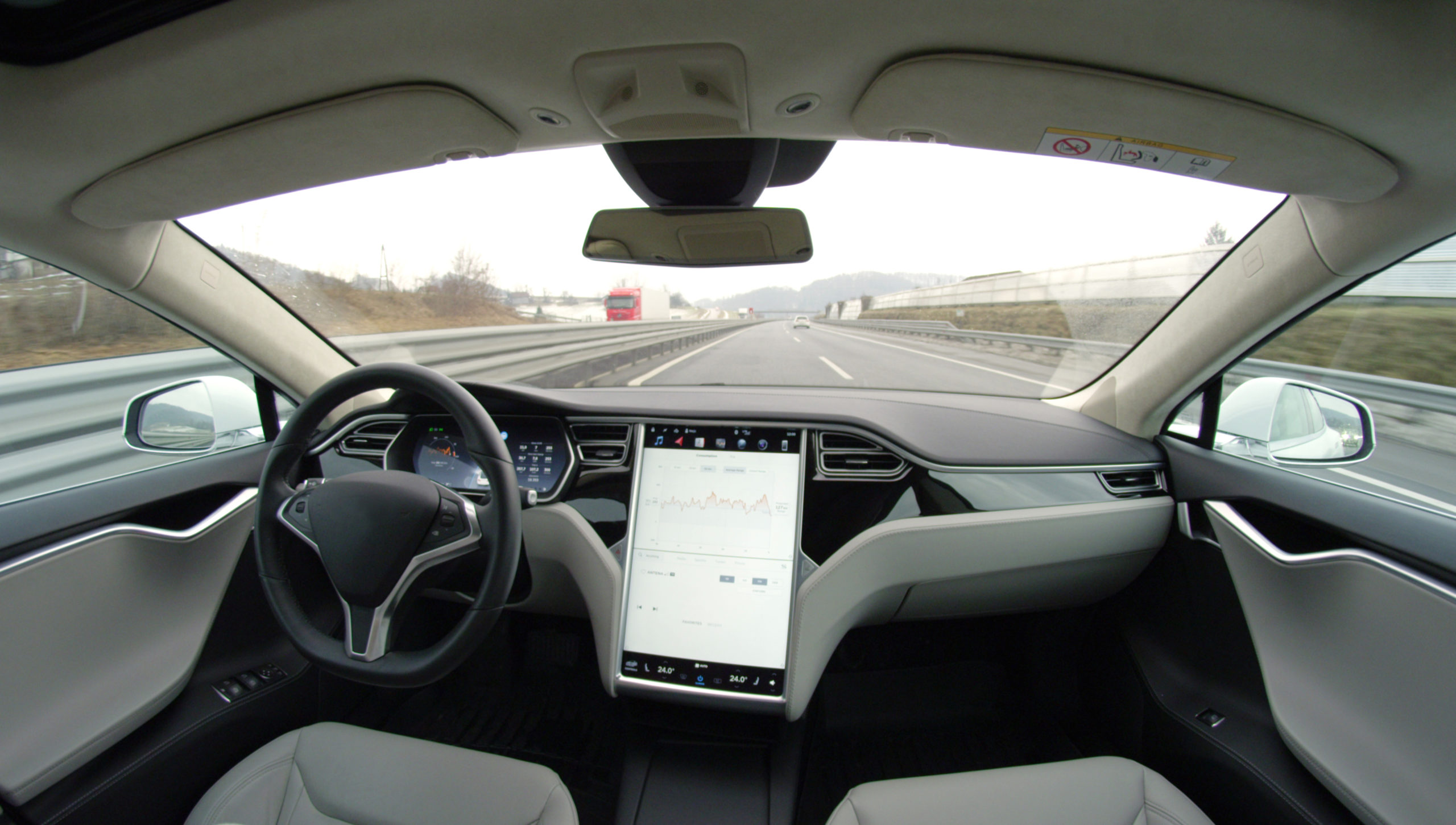
Over the last century, the use of detectors and sensors has come to underpin the society we live in today. From piezoelectric sensors found in microphones to silicon detectors used in medical imaging, sensors are found in almost every facet of our lives today. Transportation is no exception to this fact.
Modern vehicles and transport networks use a wide range of sensors to provide users with an enhanced experience. Consider modern cars, where parking assistance, autonomous braking and adaptive suspension are just some of the features which now come as standard in many cars. Each of these features rely on different sensors to provide real-time measurements of the car’s environment. The increased environment-sensing capability of cars is arguably driving the automotive industry to a future where driverless cars, or autonomous vehicles (AVs), are the norm.
AVs rely entirely on different types of proximity sensors to be able to “see” the car’s environment. This includes being able to see the road, other road users, and traffic signs. Every kind of sensor comes with a set of benefits and drawbacks related to metrics such as range, efficiency, and cost. For example, a simple ultrasonic sensor may be able to provide accurate data about the immediate environment when the AV is travelling at low speed, but will not be as effective at sensing hazards at long-range when the AV is moving at high speed. Similarly, a roof-mounted camera, coupled with image detection software, may excel in long-range, high-speed applications, but falls short in low light conditions. Therefore, an AV will typically be fitted with an array of different sensors to suit all conditions.
Sensors are crucial to addressing one of the key challenges faced by the AV industry: the prevention of road accidents arising from unpredictable behaviour of other road users, such as manually driven vehicles, cyclists and pedestrians. Safety will be a key concern for many consumers and will surely be a leading factor in the adoption – and acceptance – of AVs by the public. Therefore, it is vital that when an AV has to make a split-second decision to avoid a road accident, it is reliably able to do so.
Part of the solution is to optimise the sensors that driverless cars rely on; the sooner a hazard can be sensed, the sooner it can be reacted to. This requires maximising a sensor’s responsivity, speed and accuracy. Another aspect is of course processing the data captured by the sensors quickly and accurately. Recognising this need, Cambridgeshire start-up Five AI Limited is creating a software platform aimed at empowering industry to build safer, smarter and faster autonomous driving systems.
Beyond robust operational ability in the individual sensors, sensor arrays must also be configured to work cohesively, while ensuring that manufacturing costs remain low and the aesthetics of the vehicle are not affected. Solving these problems is no easy task, as reflected by the at least 10,000 patent applications related to controlling or making measurements of vehicles filed at the European Patent Office in the last five years.
The value of the global AV industry is projected to reach over £600 billion by 2035, including a contribution of £42 billion to the UK economy. A recent report conducted by researchers at the Connected Places Catapult, Element Energy and Cambridge Econometrics also forecasts that the AV industry will create nearly 40,000 additional jobs in the UK.
Although AVs have made considerable progress in the last five years, challenges remain. As such, considerable innovation is yet to come, with companies such as Ford, Toyota and Honda taking the lead in the number of filings to sensor technology for AVs. However, lucrative licensing opportunities are incentivising companies with the necessary expertise to develop sensors suitable for solving the problems currently faced by AVs. For example, Hertfordshire based consultancy TTP PLC is tackling the problem of keeping sensors clean during use by way of ultrasonic cleaning, recognising that if a sensor becomes dirty during use this could cause inaccurate information to be relayed to the AV’s on-board computer, with potentially catastrophic results.
With the demand for cohesive sensor arrays comes the demand for electric power. As well as being autonomous, the vehicles of the future are set to be electric, and this means that minimising the power consumption of sensors without compromising their robustness is another hurdle to overcome. To add, some AV solutions rely heavily on GPS signals to navigate the AV and manoeuvre it relative to obstacles on the road. If this technology is pursued, then another problem to consider is how an AV could be expected to navigate regions with intermittent or no GPS signal, such as inner-cities, where tall buildings tend to block GPS signals. An Oxfordshire based company, Oxbotica Limited has developed a full stack autonomy system that addresses this problem by relying on various sensors when passing through GPS dead-zones.
Although there are many challenges to consider, proactively developing sensors for use in AVs should place many companies in a strong position to secure licenses with the big players in the sector, or even to be acquired by one of the big players. However, to maximise their “return on investment”, those companies would be well advised to seek appropriate patent protection for the sensors they develop with the aim of securing exclusivity in the marketplace for their offering.
At GJE, we work with an exciting mixture of clients in the field of autonomous vehicles (AVs), and we are well placed to advise clients on their patent matters in this field. If you would like more information on this article, or would like to discuss your patent needs, please find my contact details on my website profile here or contact us at engineering@gje.com. For more information about our Advanced Engineering Group, our brochure can be downloaded here.

